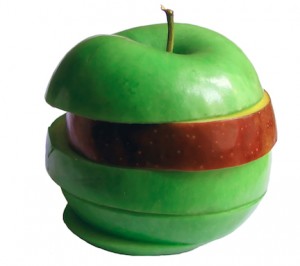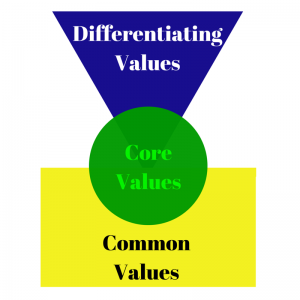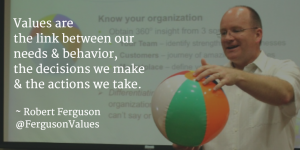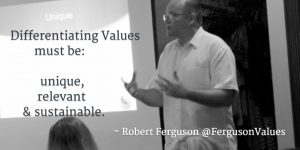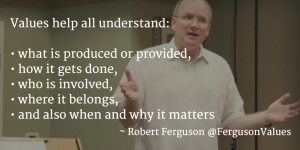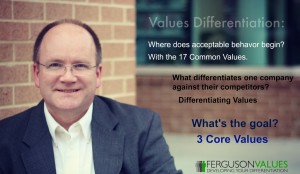The Other Side of Diversity for Marketers
When you raise the topic of diversity in a room full of marketers, the discussion immediately focuses on customer differences, such as: race, gender, age, and language. It might also include income and occupation to round out what marketers call demographic attributes.
More sophisticated marketers also include psychographic attributes, such as values, attitudes, interests, or lifestyles – sometimes simply referred to as Interest, Attitudes, and Opinions (or IAO).
All of this data is used to do market segmentation. Why? So marketers can focus their limited investments on specific messaging targeted in a more efficient manner.
In other words, it’s about managing money.
But strangely, few marketers consider the other side of diversity. Themselves.
Put the shoe on the other foot
When was the last time you stopped to look at your own business from the viewpoint of your customer? What makes you truly different? What makes you stand apart from others?
Consider Diversity as a differentiating value. It means being different; variety; or noticeable heterogeneity (not comparable in kind).
Isn’t it odd that we have no trouble identifying the diversity in others? But what about us?
If you run a small business, or sell for a larger business, how hard are you trying to be different? When someone compares your business to your competition, what’s your response?
- “Yes, they sell a similar product, but we provide much better service.”
- “Yes, it may appear their price is lower, but they are missing all of these extra features that we have.”
- “No, we’re completely different. We’re not like them at all.” (Can you prove it?)
- “No, our product is much better than theirs. Ours actually works.”
To the customer, they simply hear blah, blah, blah, blah….
It’s not so easy to prove you are different – unless you embrace your own diversity.
Celebrate Your Diversity
Remember the critically acclaimed ad campaign that was the hallmark for Apple’s re-emergence as a technical giant? It was the Think Different campaign launched in 1997, focused on the “counter-culture” image Apple had gained in its earlier years. The ads started with the words “Here’s to the crazy ones. The misfits. The rebels. The troublemakers…..” And ended with “Because the people who are crazy enough to think they can change the world, are the ones who do.” This was like a window into the people inside Apple, creating a bond that resonated with customers.
Then there is Southwest Airlines who are known for providing customers with their form of LUV in some unique and interesting ways. On more than one occasion I’ve experienced a singing flight attendant, or had the official inflight safety instructions delivered in a most entertaining or humorous way (you can be sure everyone was listening!). These folks know how to turn the normally unpleasant cattle call of flying into something fun and memorable.
Or what if you were launching a new consumer product designed to clean your tongue that looks like a toothbrush? And what if you are a small company in a very crowded marketplace? When Orabrush launched their tongue cleaner, they selected to do something different by defining a new problem – Halitophobia (the irrational fear of bad breath). Then they created a fun video about the problem – and the solution. The video went viral because it was noticeably different. And even better was a way for consumers to connect with each other by posting their own video of how to cure bad breath using the Orabrush.
Apple, Southwest, and Orabrush do not want to be associated with anyone else in their field. They all know they are different and go out of their way to celebrate their diversity.
How can the value of diversity make a difference in your business?
Today’s value was selected from the “Diversity-Flexibility” category, based on the e-book Developing Your Differentiating Value.

